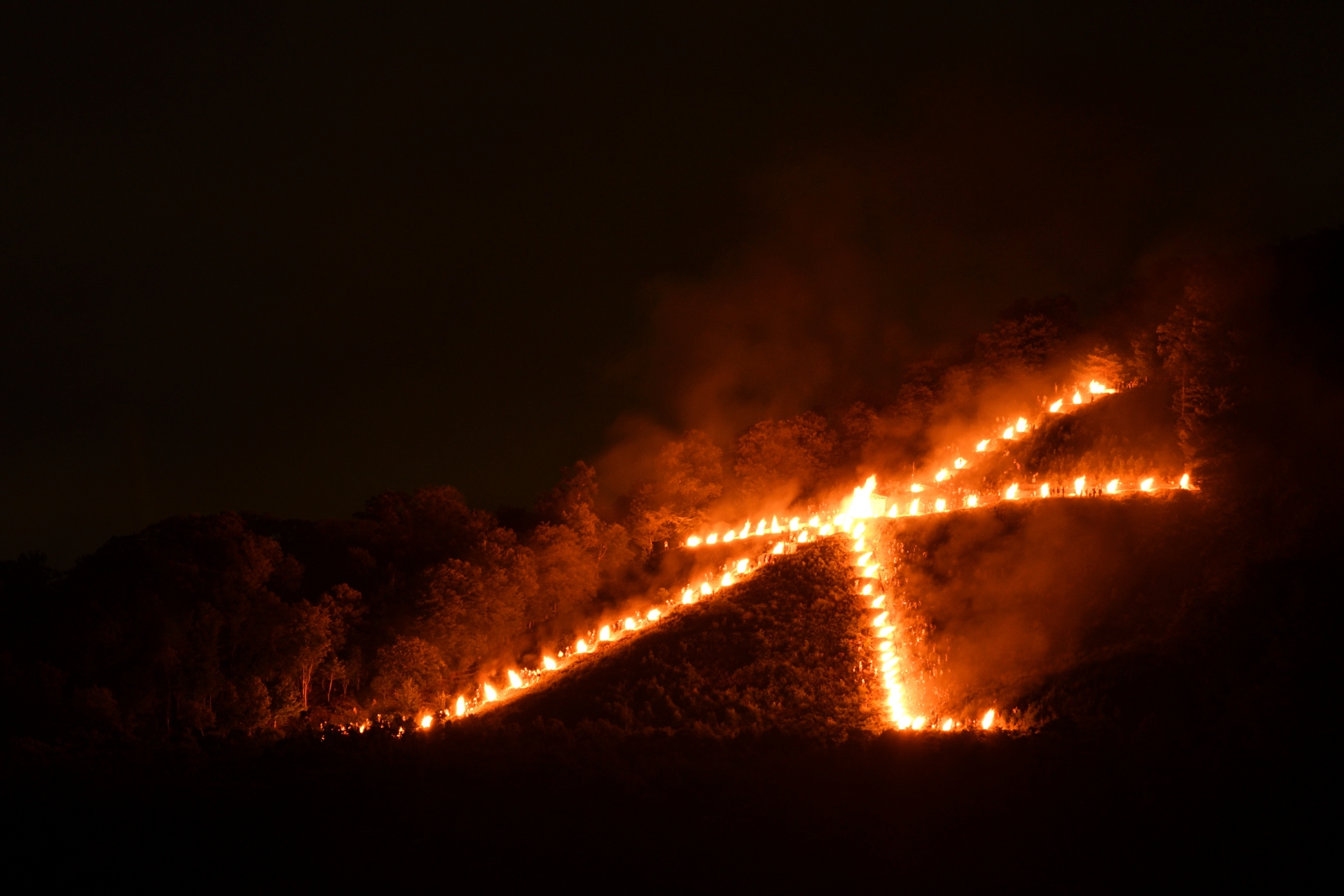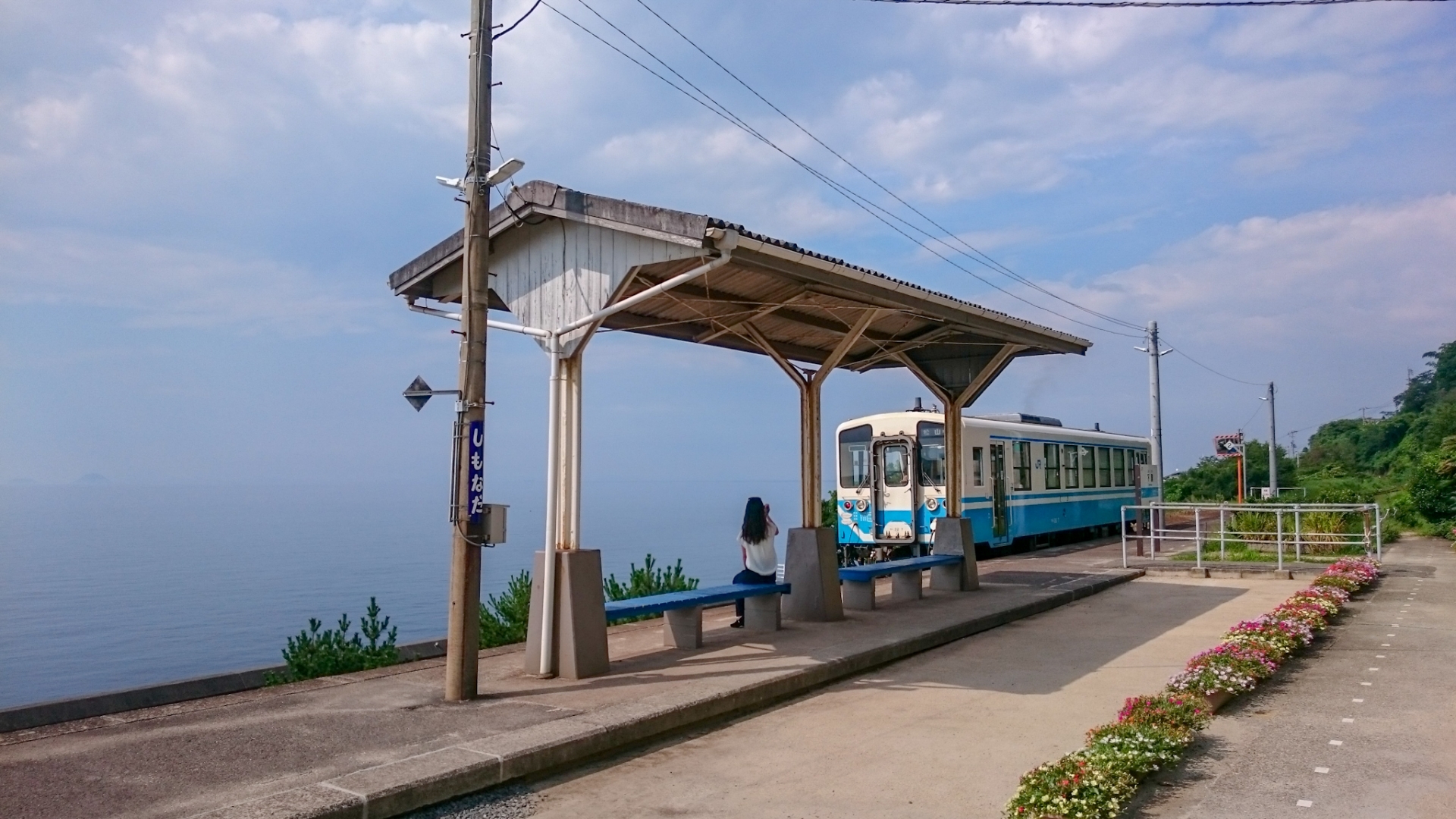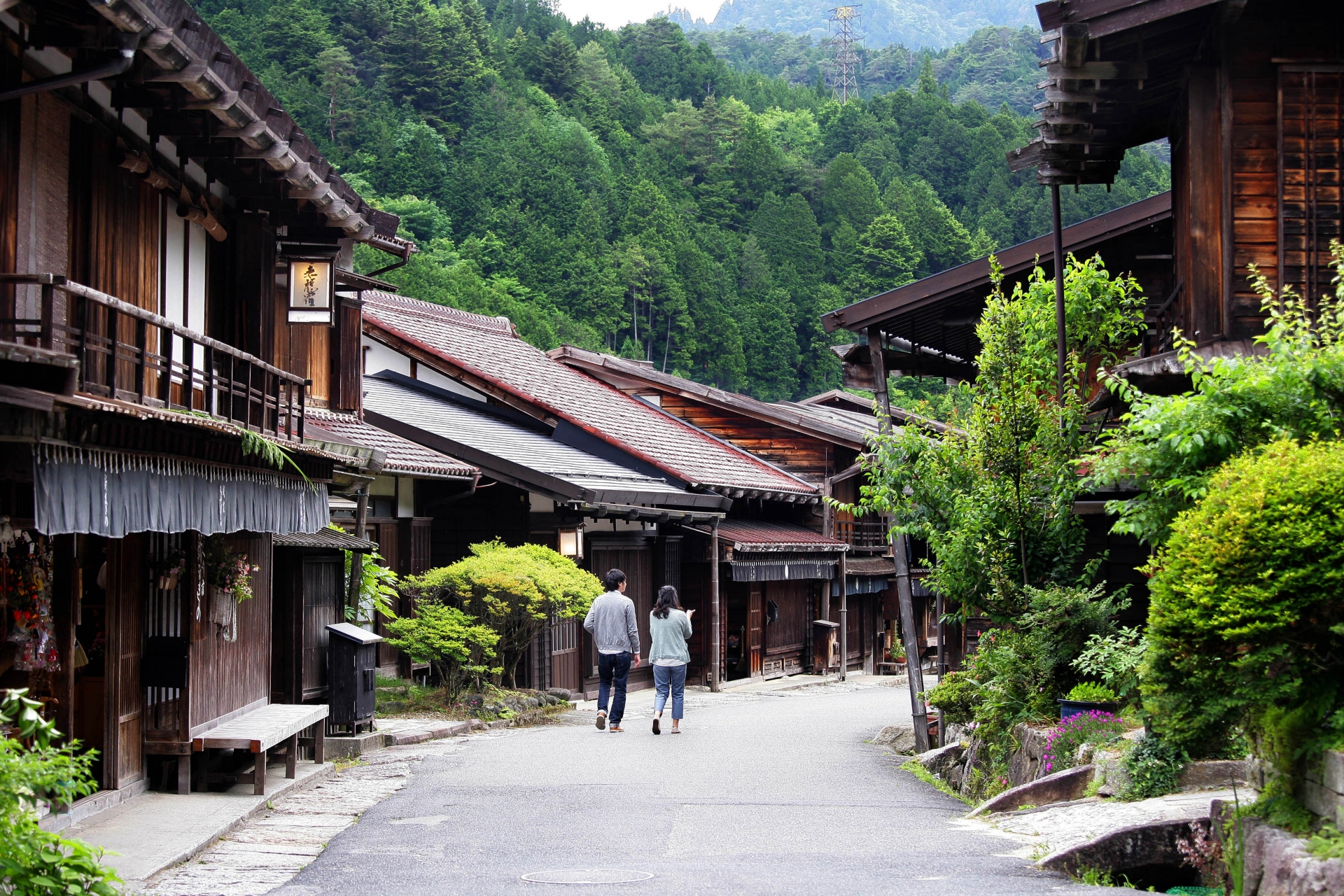
Mao Goto is a Japanese freelancer who was born in Hayama, Kanagawa prefecture, and raised in Tokyo. Since 2016 she lives in the Taito Ward, home to a lot of Japanese culture hotspots such as Asakusa, Akihabara, and Ueno. She has been interested in the field of English education in Japan and got her Master’s degree in March 2020. A lover of photography, travel, sweets, and cross-stitch. Contact her via Facebook.
This post may contain some affiliate links. When you click through and make a purchase we may receive some commission, at no extra cost to you.
Kyoto is a beautiful tourist spot with numerous attractions and shows various faces depending on the four seasons. Cherry blossoms bloom in spring, and red and yellow autumn leaves cover the entire city of Kyoto in autumn. Kyoto in winter is also exceptional, when the snow adds a little extra magic to the traditional townscape. The appearance of the shrines and temples covered with deep snow is truly a mysterious sight. So, what about summer? Summer in Kyoto is hot and humid, but very attractive for visiting. Summer is the season of fresh green and when many fun summer events and festivals are held. One of the bigger summer events in Kyoto is Gozan Okuribi also known as Daimonji. It is an event of various characters drawn by fire on the mountains of Kyoto. But what exactly is Gozan no Okuribi? How did it start? Let’s take a look at it in this article.
▼Check out our tours in Kyoto!

What is Gozan Okuribi?
Gozan Okuribi (五山送り火) is a bonfire event held every year on August 16th at several mountains in Kyoto. The event is part of Obon or Bon, a Japanese religious holiday season related to Buddhism. The Obon festival is a custom where the Japanese honor their ancestors who came back during this period. Throughout Japan, the dates of Obon vary depending on the region, but generally the festival lasts from August 13 to August 16. It is also an super popular travel season as many companies and schools are closed during this time and many people go back to their hometown or go on a long trip
Kyoto Gozan Okuribi is a traditional event for sending off the spirits that came back during Obon. 五山(Gozan) means “five mountains” and 送り火 (Okuribi) means “a ceremonial bonfire”. There are five kinds of okuribi events which each last for about 30~40 minutes. Each event has a different starting time and in order to be visible for the people in the city, the send-off fires are huge. The locations and their lighting time is as follows:
- 大文字 (Daimonji) on Nyoigatake (Mt. Daimonji) – ignition starts at 8pm
- 妙法 (Myohou) on the east and west mountains in Matsugasaki – ignition starts at 8.05pm
- 船形 (Funagata) on Mt. Funa – ignition starts at 8.10pm
- 左大文字 (Hidari daimonji) on Mt. Okita – ignitions starts at 8.15pm
- 鳥居形(Torii-gata) on Mt. Mandara – ignitions starts at 8.20pm
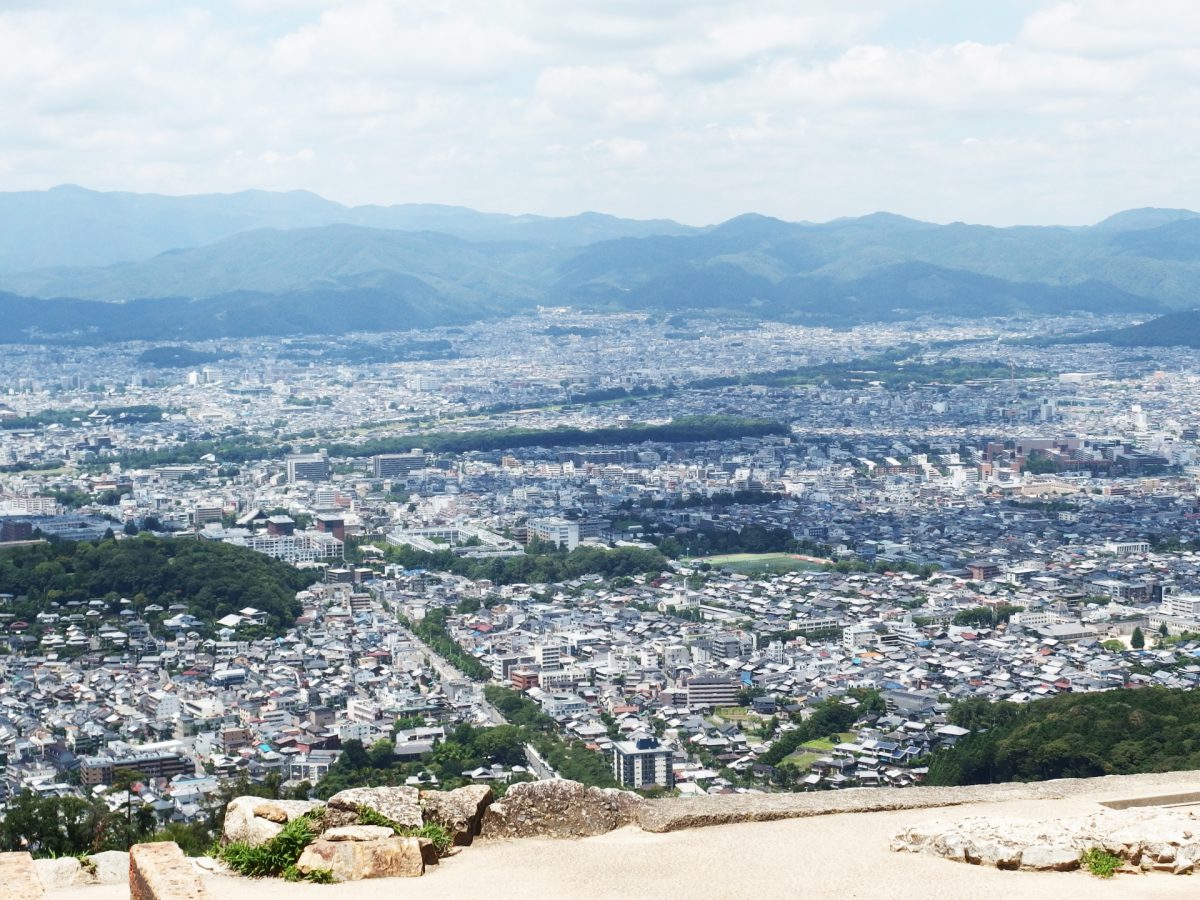
The origin of Okuribi
Unfortunately, the beginning of Gozan Okuribi is not very clear because no official records stating the exact meaning are available nowadays. It is believed to have started in Heian period (794-1185) or in Edo period (1603-1868), but this is an estimation. However, it is the modern period when historical materials that specifically describe the actual event of Gozan Okuribi appeared. Even if the origin remains unveiled still now, Gozan Okuribi is an important special event for the local people that they have kept the tradition of welcoming their ancestors and seeing them off during the Obon festival. There are many interesting superstitions and customs involved with the event. Many people will also visit the temples that are associated with the event.
The Okuribi design
Each of the send off fire has a different design and according to local legend, 大 represents “person” or “spirit”. So the “human form” that appears on Mt. Daimonji, while chanting 妙 and 法 , rides a ship around the mountains. Its appearance is reflected in a mirror, and at last it passes through the torii shrine gate which marks the transition from the human world to the sacred.
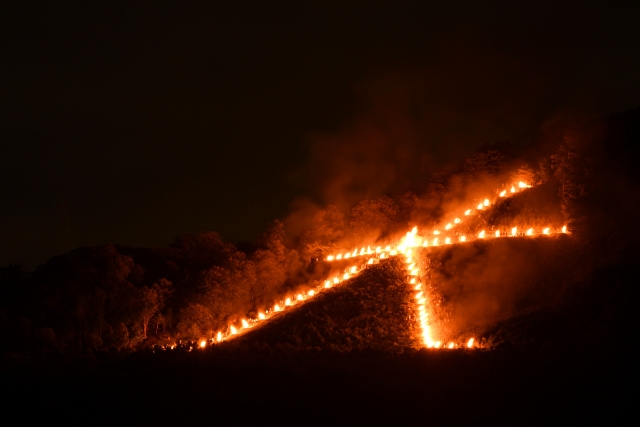
1. Daimonji
The largest of the bonfires is the one on Mt. Daimonji and forms the kanji for dai 大. The character is made up of three “strokes” of bonfire that are 160, 120, and 80 meters long! The largest of the Gozan no Okuribi designs is located at a high altitude, so you can spot it from a distance. There are various theories about the meaning of 大, such as the theory of five-pointed star for exterminating the devil, the theory of pole star as an incarnation of God that does not change its position in the night sky throughout the year, and the theory of a borrowed letter from 五大 (godai) which refers to the 5 nature elements. Dai is Japanese for big, so the it is living up to its name.
Best viewing spot
1. Kamogawa River (from Marutamachi to Misonobashi Bridge)
2. Dōshisha University’s Kanbaikan Building
2. Myohou (妙法)
Myohou okuribi in Matsugasaki consists of two bonfires in the same area; Myo (妙) is ignited at Nishiyama (the west mountain) of Matsugasaki, and Hou (法) is ignited at Higashiyama (the east mountain) of Matsugasaki. Myohou (妙法) comes from 南妙法蓮華経 (Nanmu Myōhōu Rengekyo), the scripture of 日蓮宗 (Nichiren sect), one of Buddhist sects. It is said that two Buddhist monks, who belonged to Nichiren sect in the Kamakura period, drew a kanji of 妙 on Nishiyama and 法 on Higashiyama and people started to ignite along these two words on the mountains.
Best viewing spots
1. Kitayama Street near Matsugasaki Station
2. North of Takanobashi Bridge
3. Takaragaike Driving School
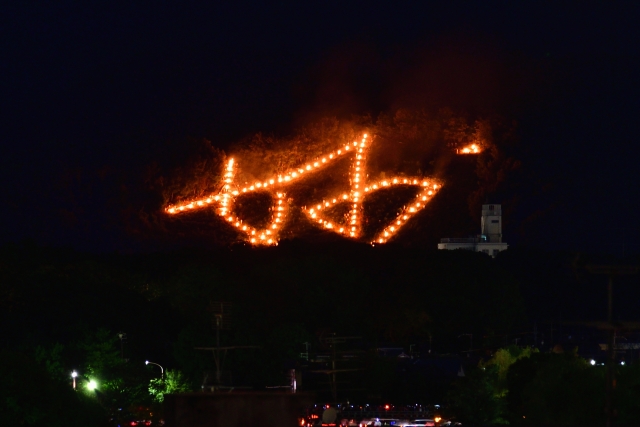
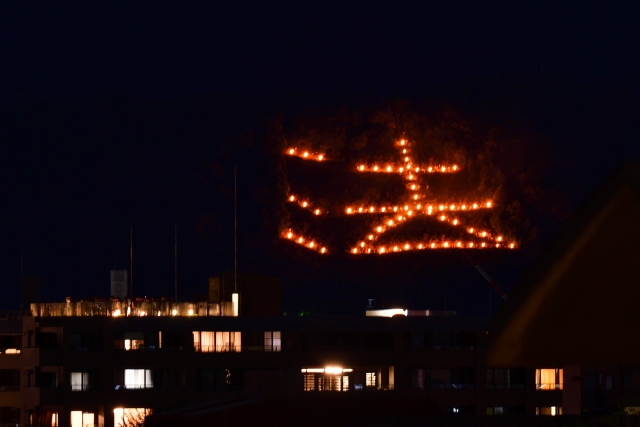
3. Funagata (船形)
Funagata of Funayama doesn’t have the shape of a kanji but it forms an image of a ship. As for the origin, in 847, 円仁 (Ennin), a Buddhist great monk from Tendai sect, encountered a storm on his way home from the Tang Dynasty. To ask Buddha to help him in this emergency, then, he wholeheartedly chanted “南無阿弥陀仏 (Namu ami daibutsu)”, which can be briefly translated as “I genuinely rely on you Buddha” in English and could return home safely after all. After Ennin managed to go back home with Buddha’s help, he started to ignite along design of his ship on Funayama. This is widely seen as the origin of funagata nowadays.
Best viewing spots
1. Misonobashi Bridge
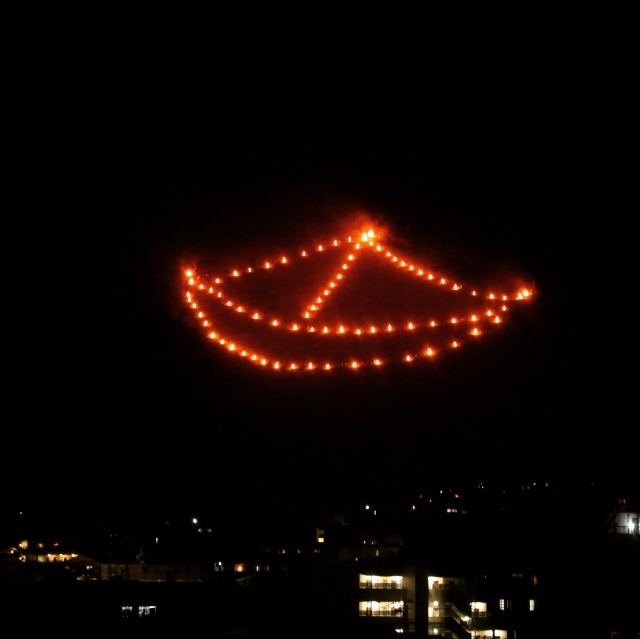
4. Hidari-daimonji (左大文字)
The kanji of hidari dai 大 that can be seen on Mt. Okita is similar to okubiri of Mount Daimonji, however, the origin of this letter is not clear. But it is said that this bonfire letter was created after 大, 妙法, Hou), and 船形.
Best viewing spots
1. Nishiōji Street
5. Torii-gata (鳥居形)
The torii-gata (鳥居形) of Mt. Mandala is the last bonfire of the event to be ignited. The bonfire shape resemble a Torii gate, the gate like structure a Japanese shrine, and is also called the “gate for God to pass through” in Shintoism. There are various theories about the origin of this torii-shaped bonfire, and one theory is that it may be based on the torii of Atago Shrine in Saga, Kyoto, which is located at the foot of Mt. Atago.
Best viewing spots
1. Matsuobashi Bridge
2. Hirosawa no Ike Pond
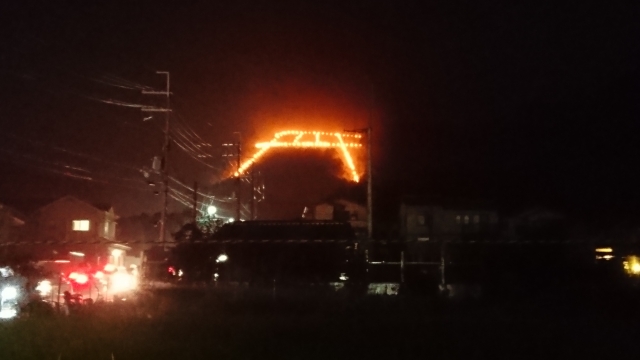
How to enjoy Gozan Okuribi?
If you are visiting Kyoto during Obon, enjoy the sight of the send-off fires burning in the night will definitely be a special experience. The best place to see all of the send off fires in the centre of Kyoto itself in the Nakagyo ward. Many hotels will have special Daimonji events where you can see all bonfires at the same place. Each bonfire event starts at every 5-minute intervals in order, so that you can see the five bonfires all at once around 8.30pm. Each okuribi lasts for 30 minutes. Dates of each event may be changed or canceled, depending on the weather of the day, so please check the latest information on the official tourism website of Kyoto City.
Enjoy the festival in Yukata
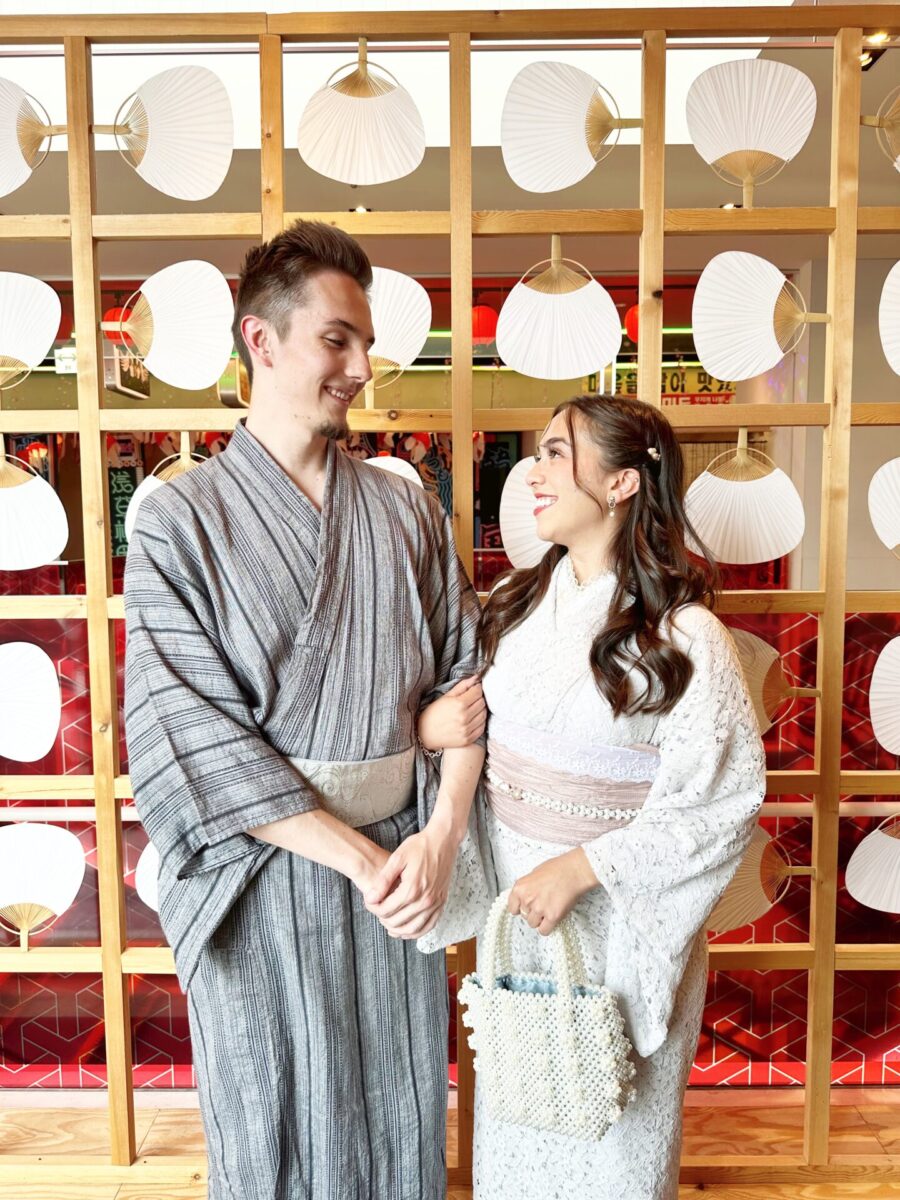
Yukata (Summer Kimono) Rental is Now Available!
Discover Japan’s summer essence with a traditional Yukata from Kimono Rental Wargo! Explore cities or join festivals effortlessly starting from just ¥3,300. Our shops are conveniently located in Tokyo, Kyoto, Osaka, Kawagoe, and Kanazawa. Elevate your adventures with the elegance of the Yukata and create unforgettable memories in Japan!
Japan Wonder Travel Tours
Japan Wonder Travel is a travel agency that offers guided tours throughout Japan.
From private walking tours to delicious Food and Drink tours, we can help you organize the best tours just for you! If you want to explore Japan and learn more about the history and backstories of each area you are visiting, our knowledgeable and friendly English speaking guides will happily take you to the best spots!
In addition, we can provide you with any assistance you may need for your upcoming trip to Japan, so please feel free to contact us if you have any questions or need some help!
▶Tokyo Tsukiji Fish Market Food and Drink Tour
Explore the most lively and popular fish market in Tokyo and try some of the local’s favorite street foods and sake with one of our friendly and knowledgeable English speaking guides!

▶Tokyo 1–Day Highlights Private Walking Tour (8 Hours)
There’s no better way to explore an area than taking a tour with a knowledgeable local guide. You will have the chance to learn about the history and interesting background stories of Tokyo, as well as discover some hidden gems which can be hard to do without a guide.

▶Mt. Fuji Day Trip Bus Tour from Tokyo
Experience the breathtaking views of Mt. Fuji by visiting the highlights of the area on our guided sightseeing bus tour! Departing from Shinjuku in central Tokyo, you can travel comfortably to all of the best spots in the area by bus.

▶Kyoto Private Full Day Walking Tour
On this full-day private tour of Kyoto, you will be able to see the highlights of Kyoto in just one day and at the same time develop a deeper understanding of both the culture of the area and Japan as a whole.
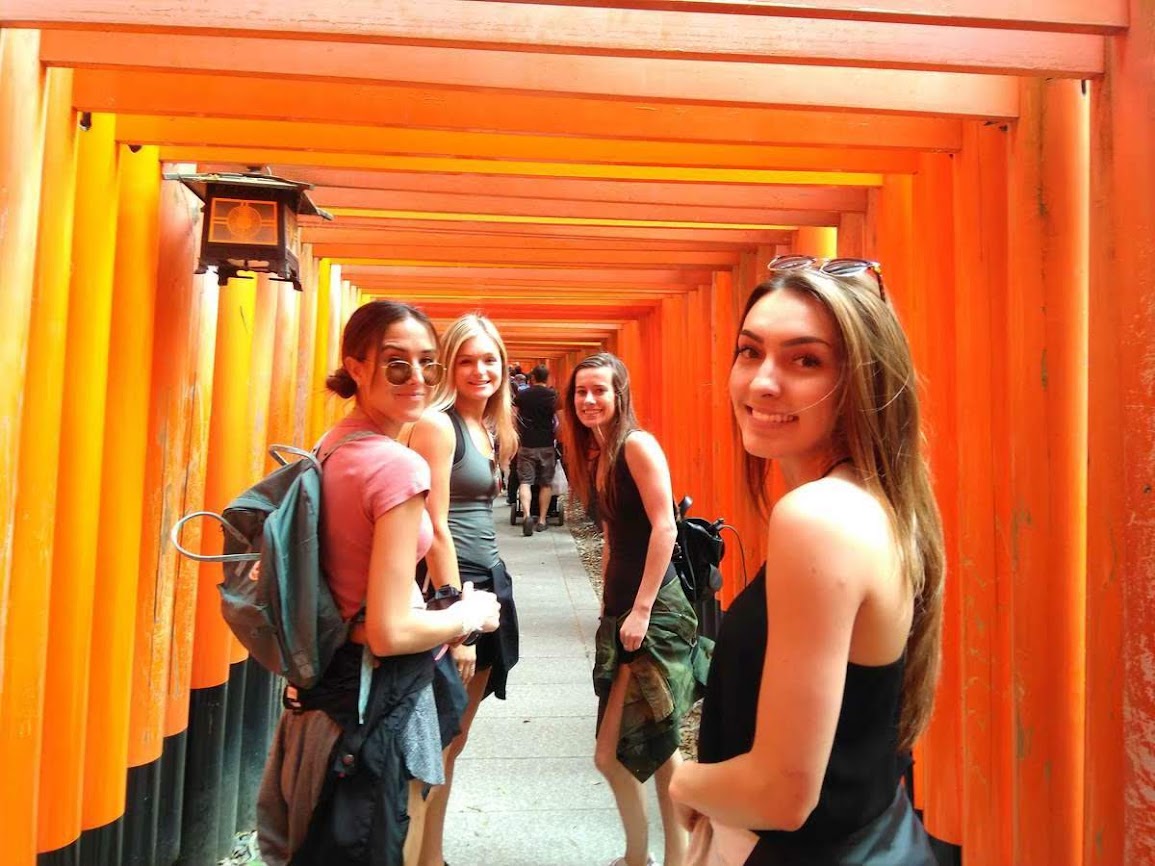
How does the introduction of Gozan Okuribi sound to you? Did you find your favorite okuribi design? If you have any opportunity to visit Kyoto in the summer, why don’t you drop by this event. Gozan Okuribi has been cherished by the citizens of Kyoto as a religious tradition for many centuries. Watching the mountains decorated with send off fires with different images will give you a very traditional atmosphere at the Gozan Okuribi event in Kyoto!
Follow us on Instagram, Facebook and Twitter for more travel inspiration. Or tag us to get featured!
Happy travelling!
Stay informed of the best travel tips to Japan, the most exciting things to do and see, and the top experiences to have with the Japan Wonder Travel Newsletter. Every week we will introduce you to our latest content.
